How and why to use a video capture card for game streaming
If you want to start streaming your own gaming content, you’ll need to know about video capture cards. Find out what a video capture card is, why you need it for streaming, and how you can use it for your Xbox One, PS4, and Nintendo Switch-streaming shenanigans.
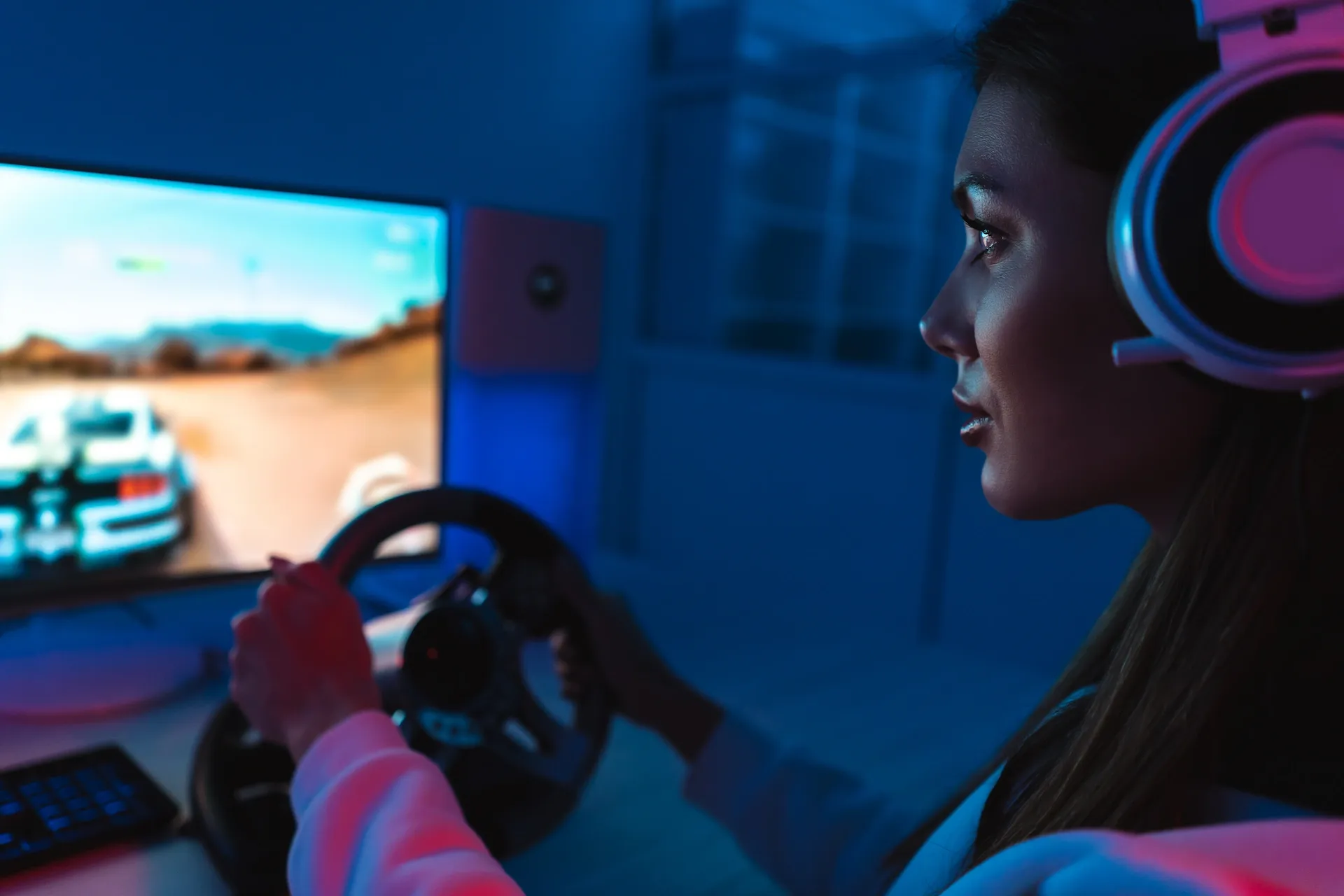
If you want to start streaming your own gaming content, you’ll need to know about video capture cards. Find out what a video capture card is, why you need it for streaming, and how you can use it for your Xbox One, PS4, and Nintendo Switch-streaming shenanigans.
We'll cover:
- What is a video capture card, and how does it work?
- Why should I use a video capture card?
- What are the downsides of capture cards?
- How to use a video capture card
- How to use a capture card for Xbox One
- How to use a capture card for PS4
- How to use a capture card for Nintendo Switch
- What is the best capture card for streamers?
- Is a capture card worth it for PC or Mac?
- Do streamers use two PCs?
- Are capture cards better than OBS?
What is a video capture card, and how does it work?
A video capture device, which is often just called a video capture card, is a piece of hardware that’s essential for any game streamer. Its job is simple: to convert in-game footage of you pwning n00bs into digital data that your computer recognizes.
The video capture card does what it says on the can. It captures the on-screen action and encodes it for playback on your stream, or a high-quality video file for you to meddle with and post later. It’s the broker between your gaming console and video player, allowing you to broadcast gaming on platforms like YouTube, Twitch, and Discord.
Why should I use a video capture card?
If you’re starting as a streamer and are strapped for cash, you can get started with some basic streaming software. We’ve put together a guide on the best streaming software here, and if you’re only streaming games from your computer, the linked recommendations should do just fine.
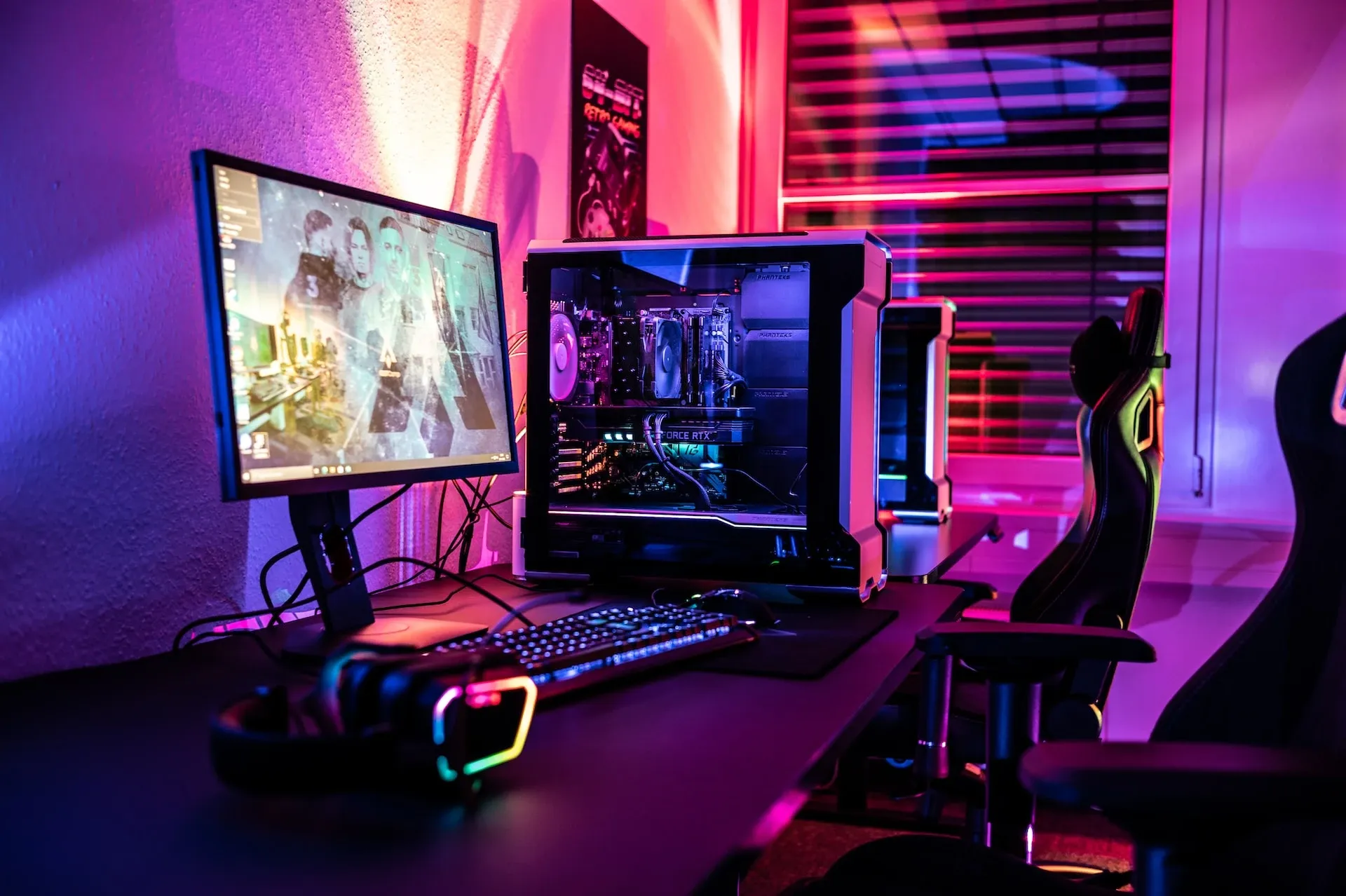
People used to complain about software impacting the overall performance of their streams, but nowadays, it’s sophisticated enough to make no real impact. However, if you want to stream from a dedicated gaming console like PS4 or Xbox One, you’ll need a physical capture card.
What are the downsides of capture cards?
Video capture cards are great, but you can still run into trouble when using them. Here are a few of the downsides you should consider before making the plunge.
- They’re expensive. We’ll list some affordable options further down, but basically, the capture card needs to keep up with your machinery. If you’ve chosen a budget capture card that can’t handle both devices, you’ll have wasted your money.
- They’re not for beginners. Depending on what device you’re using, capture cards can be tricky to install and customize. If you set it up incorrectly, it could cause you headaches not only initially, but later on if you run into any snags while recording.
- Capture cards can cause lag. This is mostly due to the first point: if you’re using a budget capture card on a high-end setup, you’ll likely experience lag. This can be an issue if you want to capture crisp, super-detailed gameplay.

How to use a video capture card
Even though a video capture card is an external piece of kit, it can usually be set up in a few steps. For ease, we’ll refer to OBS Studio as your streaming software of choice. Here’s how to set up a capture card for Xbox One, Ps4, and Nintendo Switch.
How to use a capture card for Xbox One
Requires Xbox One, computer, capture card, OBS program, 2 HDMI cables, TV/monitor, and a USB cable.
- Download all the necessary software required for your capture card. You’ll be prompted to do this when you set up your capture card, and won’t have to leave all this stuff running once you’re streaming. Your computer will do the work for you!
- Connect the Xbox’s HDMI output to the capture card’s HDMI input with your first HDMI cable. Then, with your second HDMI cable, connect the capture card’s HDMI output to the TV or monitor you’ll use to play the game.
- Connect the capture card to your computer with a USB cable, then turn the Xbox on and open your OBS program.
- Click the ‘+’ button in the ‘Sources’ box in OBS, then select ‘Video Capture Device.’ Name the device something memorable – just punch in the capture card’s model, so you remember it – then select that from the following dropdown menu. The Xbox automatically handles the audio, so you’re now hooked up and ready to stream or record your game.
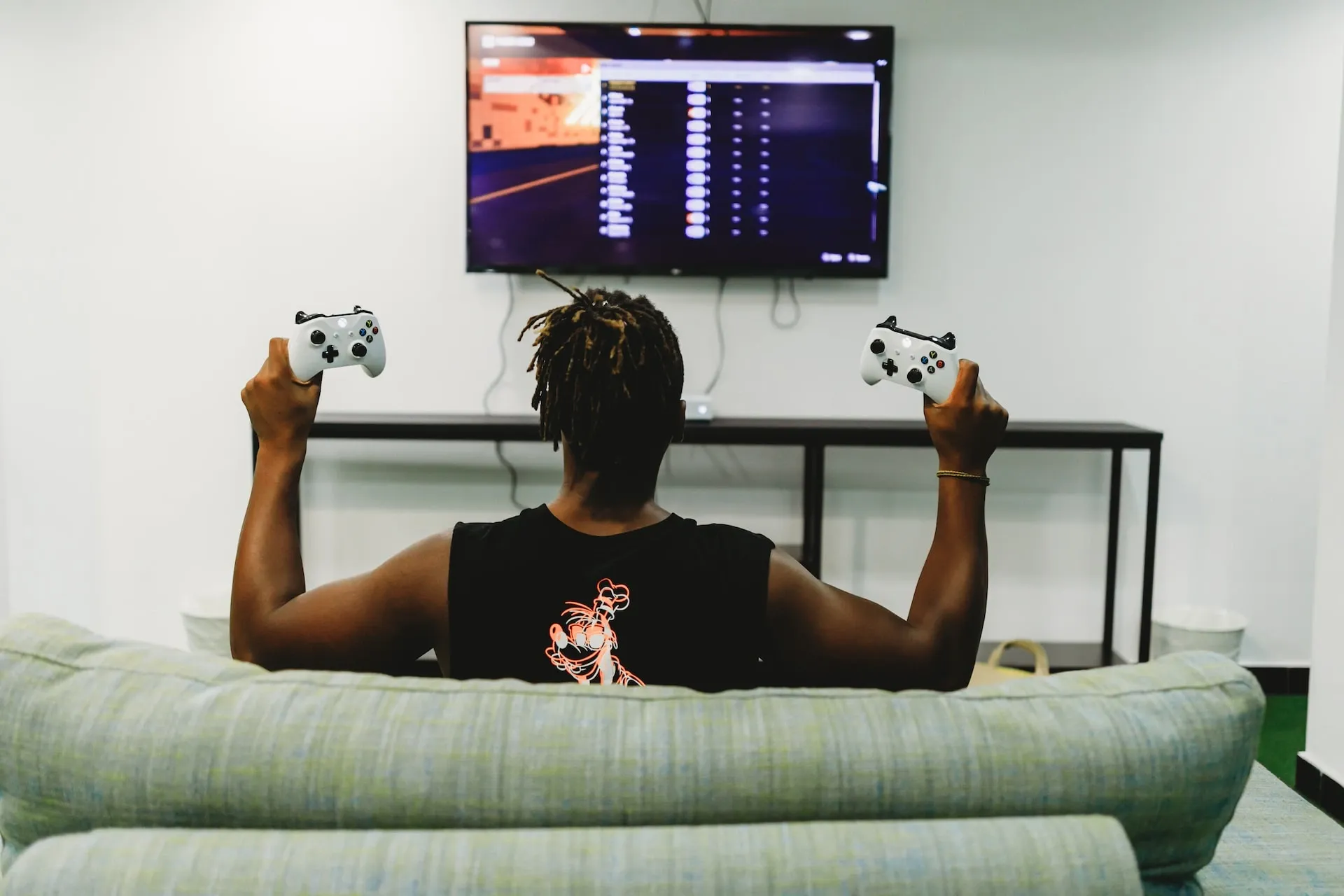
How to use a capture card for PS4
Requires PS4, computer, capture card, OBS program, 2 HDMI cables, TV/monitor, and a USB cable.
- Download all the necessary software required for your capture card, just like you’d do for the Xbox.
- Connect the PS4’s HDMI output to the capture card’s HDMI input with your first HDMI cable. Then, with your second HDMI cable, connect the capture card’s HDMI output to the TV or monitor you’ll use to play the game. Same shtick as the Xbox.
- Connect the capture card to your computer with a USB cable, then turn the PS4 on and open your OBS program.
- Disable the HDCP setting on your PS4. This setting prevents gameplay from being recorded by external capture devices, so you need to turn it off to get your stream going. If you leave it on, your capture card can’t read and convert your gaming to your computer. You can find your PS4's HDCP setting under ‘Settings,’ then ‘System.’
- Click the ‘+’ button in the ‘Sources’ box in OBS, then select ‘Video Capture Device.’ Name the device something memorable like with the Xbox, then select that from the following dropdown menu.
- Hook up your audio. This isn’t automatic like the Xbox, so you need to click the Audio Mixer in your OBS program, next to the ‘Sources’ box. Click the little cog icon next to the Mixer, and select the dropdown menu next to your Capture Card. Click ‘Monitor Only’ to mute the output when it streams, or select ‘Monitor & Output’ if you fancy having your viewers hear everything going on in the game. These options depend on what kind of content you stream, and what type of relationship you have with your viewers.
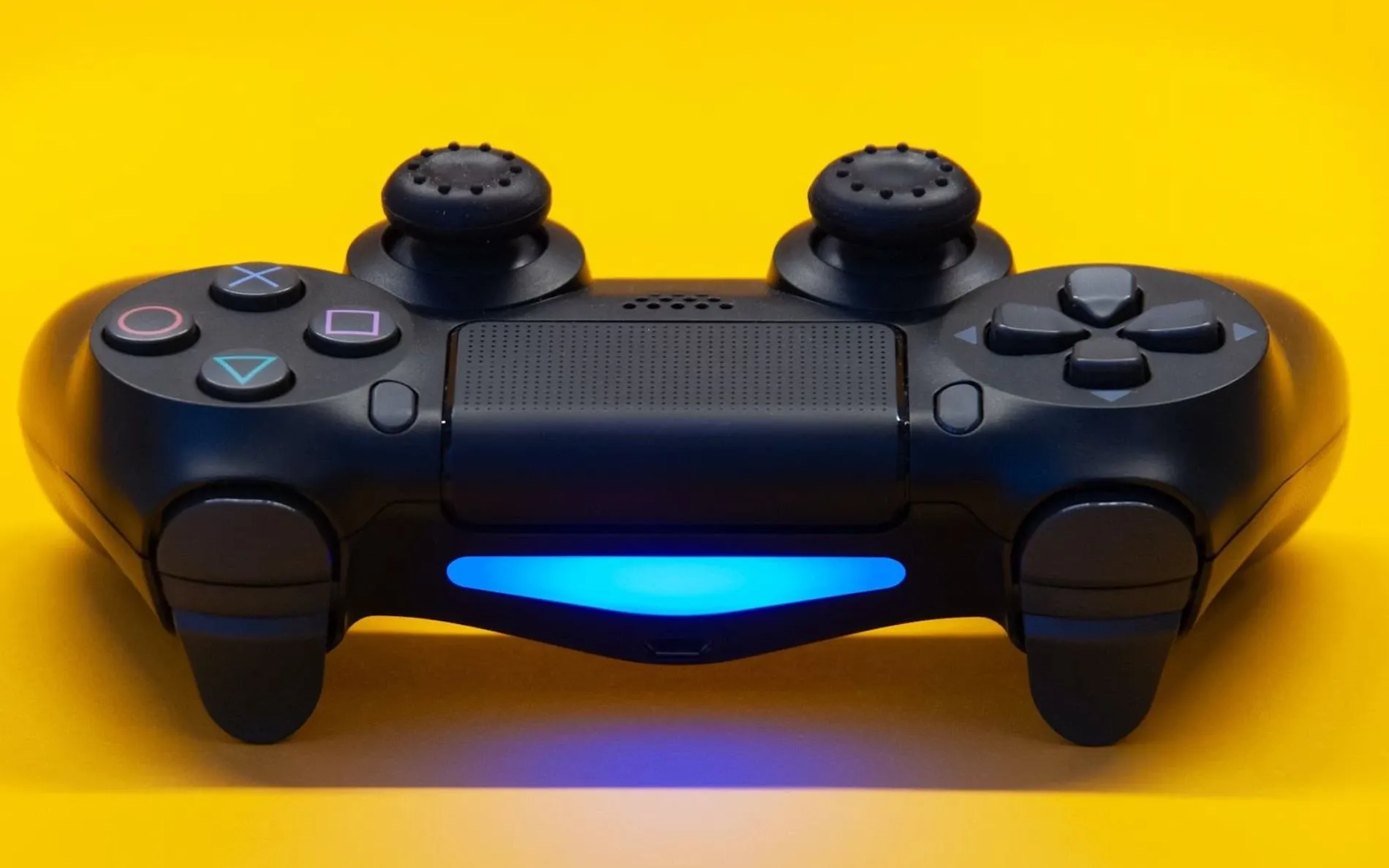
How to use a capture card for Nintendo Switch
Requires Nintendo Switch, computer, capture card, OBS program, 2 HDMI cables, TV/monitor, and a USB cable.
- Download all the necessary software required for your capture card, just like the Xbox One and PS4.
- Connect the Switch’s HDMI output to the capture card’s HDMI input with your first HDMI cable. Then, with your second HDMI cable, connect the capture card’s HDMI output to the TV or monitor you’ll use to play the game. Same deal as the PS4 and Xbox One.
- Connect the capture card to your computer with a USB cable, then turn the Switch on and open your OBS program.
- Click the ‘+’ button in the ‘Sources’ box in OBS, then select ‘Video Capture Device.’ Name the device something memorable like we did with the previous consoles, then select that from the following dropdown menu. The Switch sorts the audio out for you, so you’re good to go.
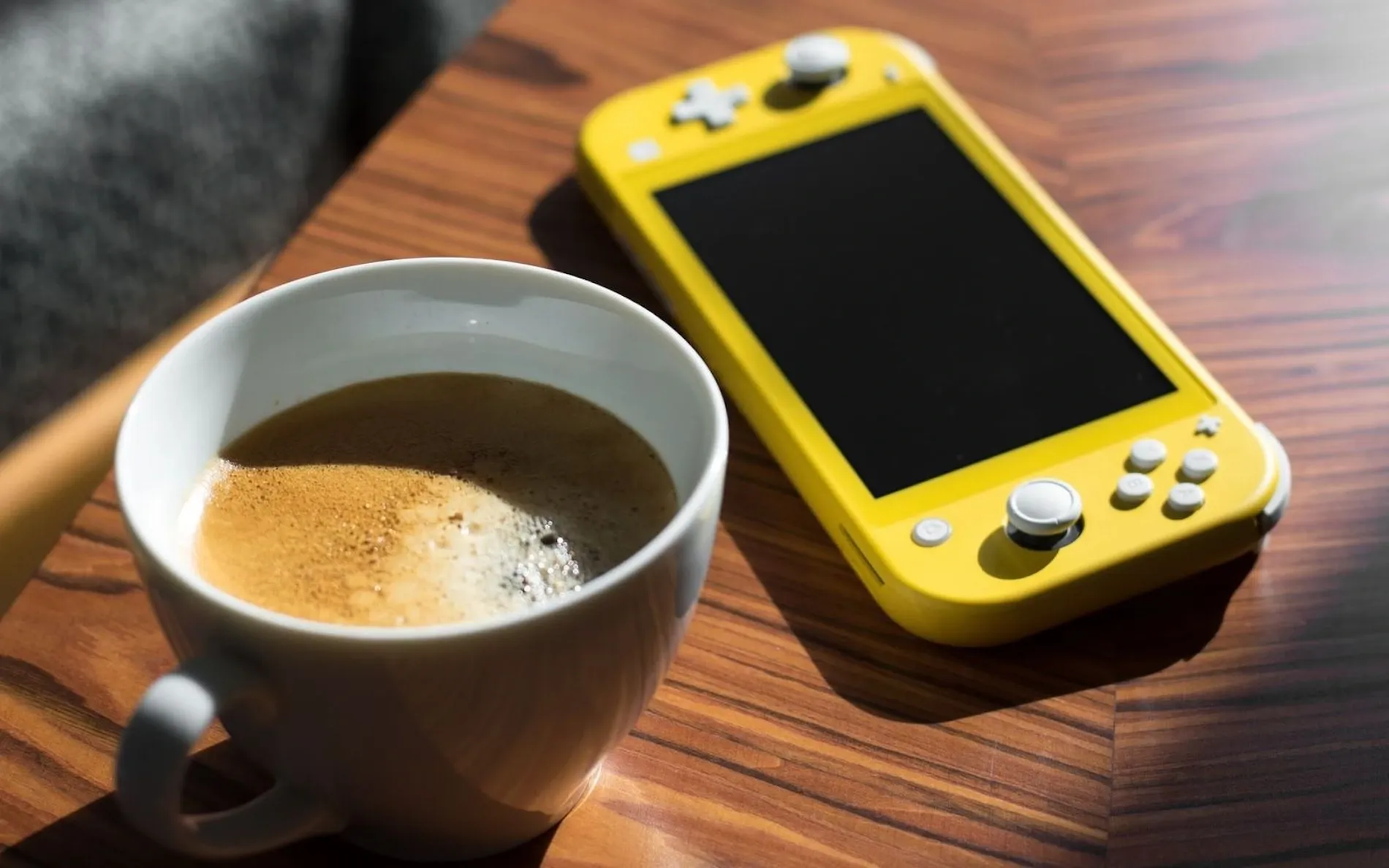
What is the best capture card for streamers?
There are too many options to count, but we’ve picked three lower-budget capture cards to kick things off.
Elgato Game Capture HD60 S
$189.99 is at the higher end of 'budget-friendly,' but Elgato’s often recommended for a reason. The HD60 S is compatible with PC, Mac, Xbox, PS, and Switch, and is renowned for its plug-and-play efficiency. It also captures a crisp 1080p60, so the lower price doesn’t reflect the quality. You can read all about the HD60 S here.
Razer Ripsaw HD
The Ripsaw HD’s even cheaper than Elgato’s offering at $159.99, delivers the same 1080p60 quality, and offers 4Kp60 passthrough – snazzy. It doesn’t have its own proprietary capture software like Elgato, but that shouldn’t be an issue if you’re using something like OBS. There's more information about the Ripsaw HD here.
AverMedia Live Gamer Mini
The Live Gamer Mini is an absolute treat if your budget's stretched. It’ll set you back $79.99, and boasts the same 1080p60 quality as the other two capture cards we mentioned. AverMedia offers a range of awesome gadgets, but the Live Gamer Midi is tough to beat as a first step. You can check it out here.
Is a capture card worth it for PC or Mac?
We’ve discussed setting up a video capture card for Nintendo Switch, Xbox One, and PS4, but what about for your PC or Mac? Well, it depends on what kind of computer you’re running, but if you’re aiming to record on-screen content, we’d naturally recommend using a capture card.
You don’t need a video capture card if you’re recording and streaming from the same computer. This will likely lower your stream’s overall quality, but if your budget or preferences swing this way, that’s cool – you don’t need a capture card. You can just run streaming software like OBS Studio directly through your device.
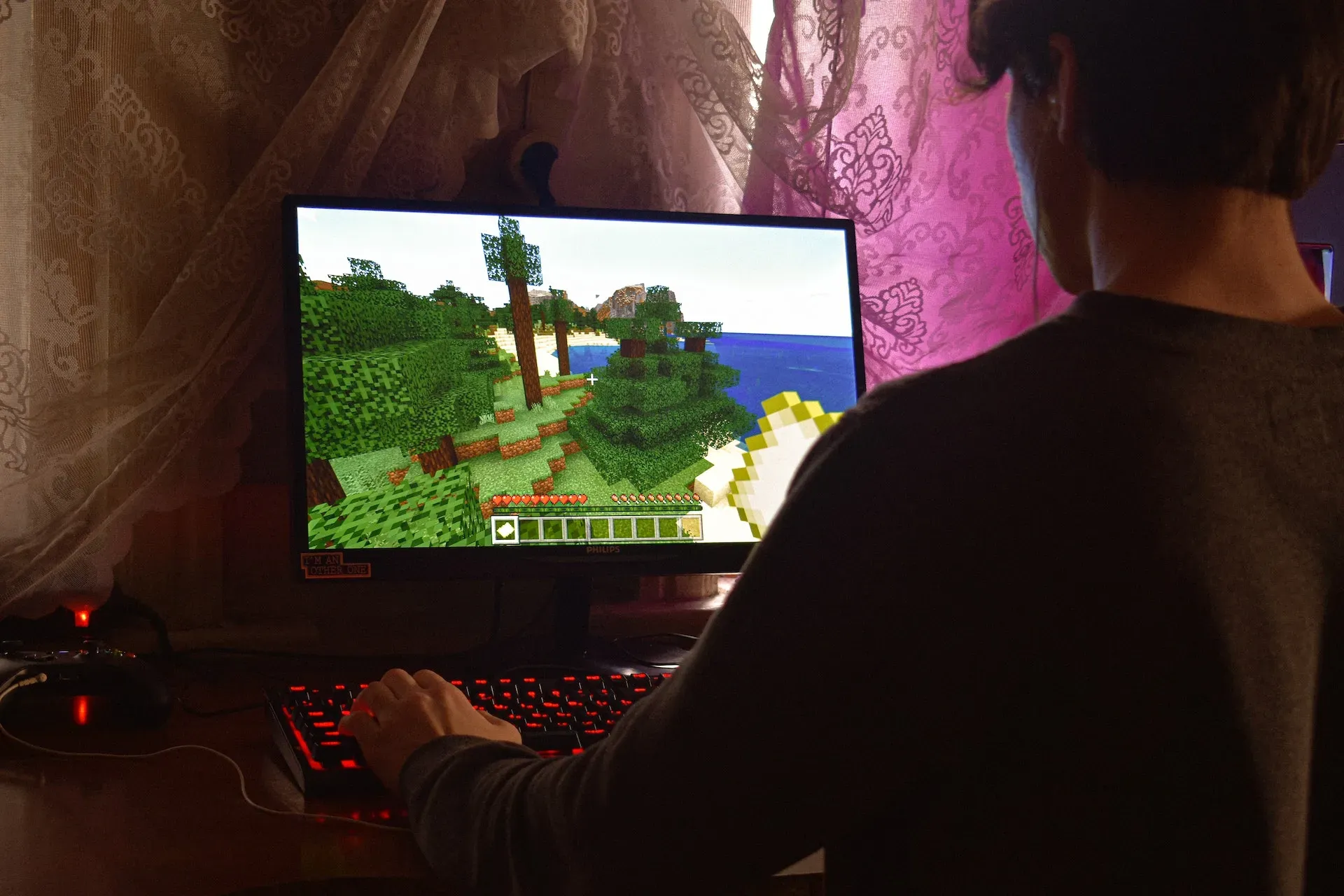
However, if you’re using one computer for streaming and another for recording, you’ll need a capture card to connect them. This technique is often called ‘dual PC streaming.’ The benefits include:
- Better heat management across your device
- Reduced lag and overall workload while streaming
- Ability to stream with higher graphics/visual settings without crashing
Dual PC streaming can be expensive, but if you have the means to do so, it’s worth looking into which capture card is best for your specific devices. It’ll pay off in the long run.
Do streamers use two PCs?
Most professional streamers will have two computers to stream, using the dual PC streaming method we outlined above. If they’re doing something that requires a lot of power, like gaming, then one of their devices will solely handle that. Meanwhile, the other will deal with streaming and encoding.
Are capture cards better than OBS?
If you’re on a budget, software like OBS Studio does the trick. However, if you want to run pro-level streams as seamlessly as possible, you’ll be better off using dual PC streaming. It leaves less margin for error and gives your streams a more robust, customizable bedrock.
Now that you’re set up and know a little more about video capture cards, it’s time to get some top-tier bangers to soundtrack your streams.
Our catalog is high-quality, affordable, and safe. An Epidemic Sound subscription goes beyond royalty-free music, removing the headache of licensing and freeing you up to do what you do best. You can enjoy the safety of our license hand-in-hand with our massive catalog of 50,000 tracks, covering just about every genre you can think of. You’ll also gain unlimited access to our advanced search functions — finding the right sound’s never been easier.
It’s better than royalty-free. It’s worry-free. Get started with Epidemic Sound below.

Are you a Twitch streamer? Whether you’re a livestream master or just a beginner, discover what Epidemic Sound has to offer on our Epidemic Sound for Twitch page. Oh, and if you’re looking for some music for Twitch, we got your back!
Related posts:

